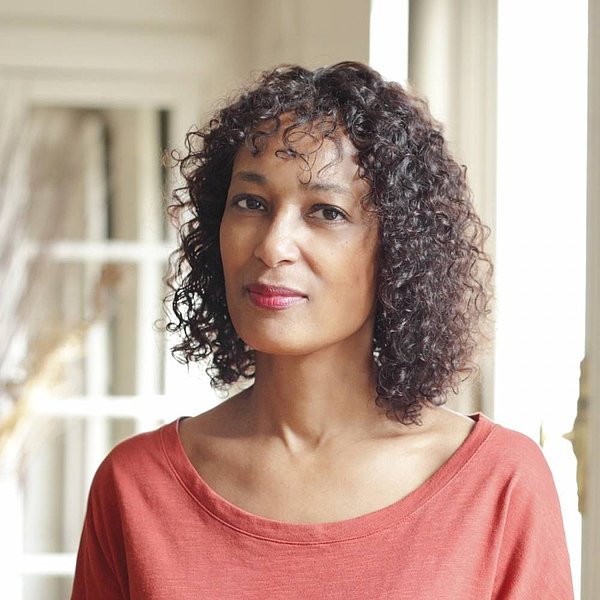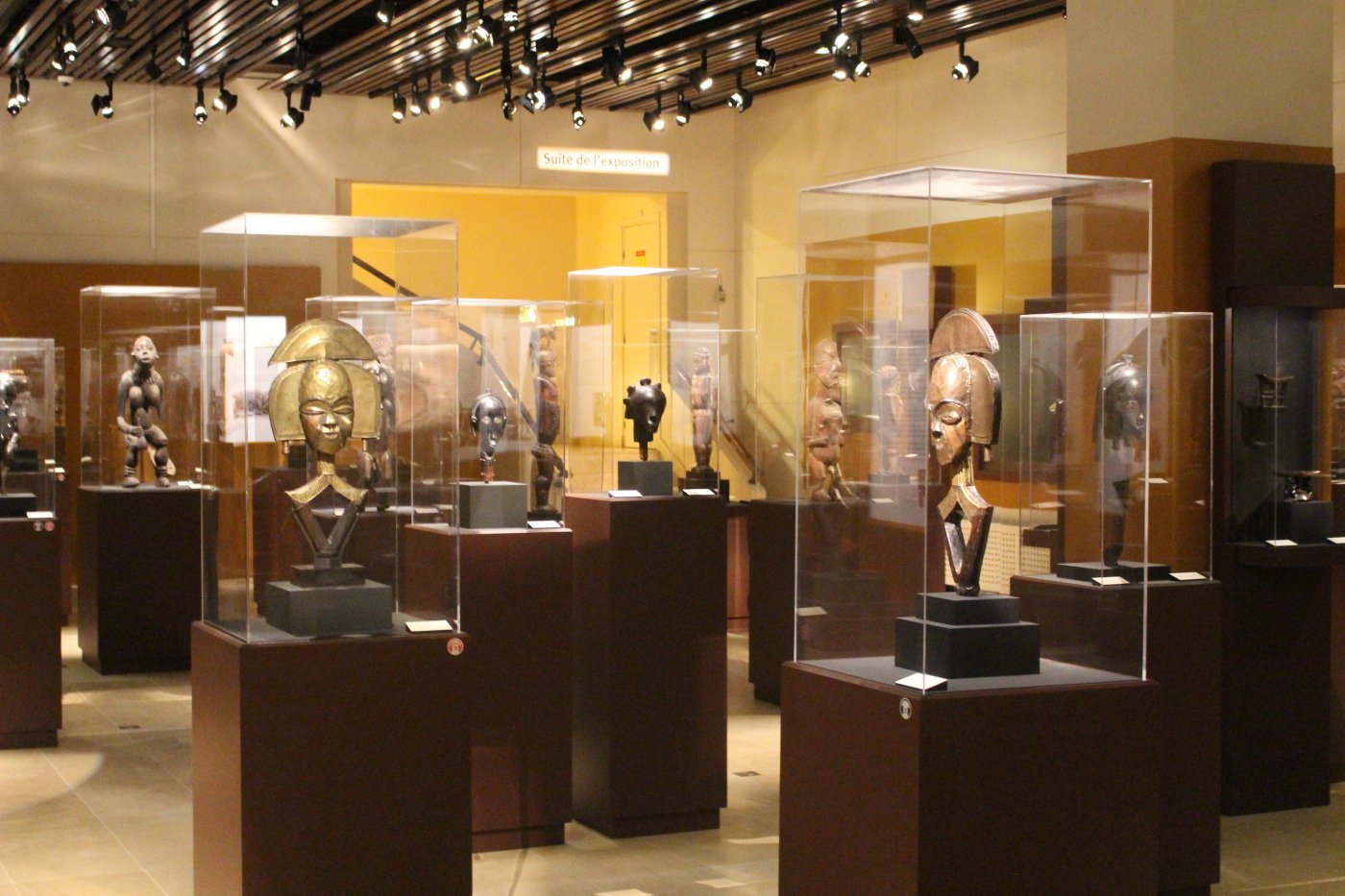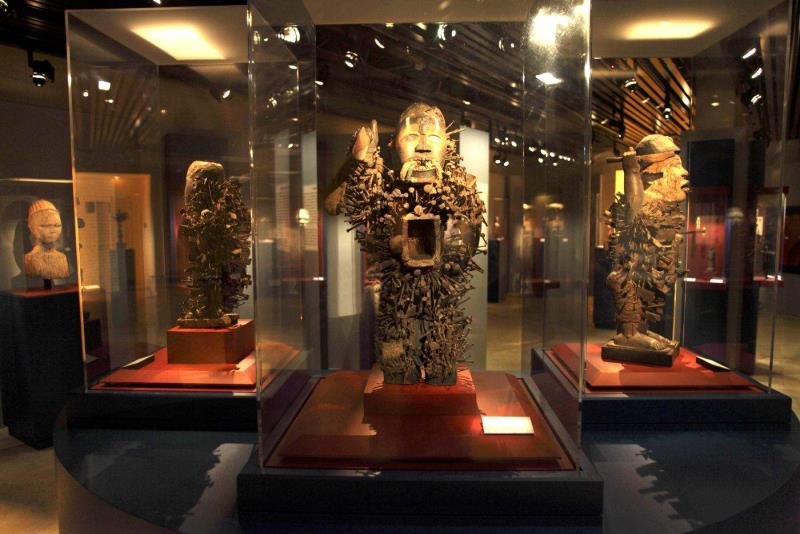The Fondation Dapper opts for nomadism
Paris, 20 November 2017

The announcement of the Musée Dapper’s closure in May this year came as sad news. But the foundation suffers from no shortage of projects and intends to refocus on outside-the-walls initiatives. A meeting with its president, Christiane Falgayrettes-Leveau.
After thirty years of activity and around fifty exhibitions on its counter, the Musée Dapper closed its doors permanently on 18 June this year. In the face of dropping visitor numbers and overly high operational costs, this private museum, well known for its collection of around 6,000 pieces — including 2,000 ancient works from Africa, the Pacific and the Caribbean — was forced to shut. “Maintenance costs were too high, not to mention the cost of putting on exhibitions,” explains Christiane Falgayrettes-Leveau, president of the Fondation Dapper. “But the other reason, just as important, is that we wanted to renew ourselves.”
The Fondation Dapper, which Christiane Falgayrettes-Leveau set up in 1983 with her husband Michel Leveau, who died in 2012, took on a museum structure in Paris from 1986 onwards. Here, it exhibited the collection that would raise its reputation and open up knowledge of Sub-Saharan cultural heritage to a wider public as yet unfamiliar with classic African arts. Leaving the townhouse that housed it on Avenue Victor-Hugo in 2000, the museum settled in a larger new space on Rue Paul Valéry in the 16th arrondissement in Paris to welcome exhibitions but also music, dance and even films. “With 1800 square metres including a performance room and an exhibition room, the building became very difficult to manage,” regrets Christiane Falgayrettes-Leveau.

High maintenance fees, unsuitable building premises and visitor numbers stagnating at 60,000 per year caused the Dapper to fall victim to the syndrome afflicting private museums deprived of public subsidies that can only balance their figures by ticket sales and donations from sponsors. The latest case to date, incidentally, is the Maison Rouge, that only took a few years to become a cult spot in Parisian cultural life, but whose closure in 2018 has been announced by its founder, Antoine de Galbert. “The renown of the Maison Rouge has become so great that some view it as a public service or institution even though it is a private art centre funded by a foundation (…) which operates thanks to income from its endowment or other donations,” he declared when breaking the news of the site’s upcoming closure, specifying that this closure was merely a “reorientation” of the foundation’s activities. More discreetly, the Musée Mendjisky-Écoles de Paris was also forced to close its doors at the end of 2016 after operating for only two years. Despite its rigorous programme, this elegant private museum lodged in an Art Deco artist’s studio designed in 1932 by Robert Mallet-Stevens was unable to meet the prohibitive cost of rent and a lack of income.
Reinventing Outside Its WallsAccording to the president of the Fondation Dapper, economic issues are only one reason among others for the museum’s closure. In her opinion, transformations in the cultural offer and its environment in the last thirty years are more to blame for forcing the museum’s directors to reconstruct its relationship to the public. “An institution should innovate, exhibit differently, find new ideas. I remain very attached to the ancient arts, but I’m also increasingly interested in contemporary art. But this spot wasn’t appropriate. Its rooms weren’t big enough, there wasn’t enough space to step back or enough ceiling height… And the issue of the public came up. Even if the museum put on exhibitions with links to contemporary art, we couldn’t make claims to regular programming like at Beaubourg or the Fondation Vuitton.” For its final exhibition, “Chefs-d’œuvre d’Afrique”, contemporary works by Senegalese artist Soly Cissé offered an echo to classic African pieces.

Now nomadic, the Fondation Dapper’s collection will continue its loan policy to other institutions — namely for the “Forêts Natales” exhibition at the Musée du Quai Branly-Jacques Chirac in October this year — but above all, it will be showing works outside its walls internationally. To kick off this new curatorial strategy, in January 2018 an exhibition in Martinique will combine ancient and contemporary art at the Fondation Clément, pending the Off of the Biennale d’Art Contemporain de Dakar which the foundation will be organising on the island of Gorée in Senegal next May. What exactly is the president’s ambition? To set up a dialogue between cultures from the African diaspora.
3 questions to Christiane Falgayrettes-Leveau
-With a henceforth “nomadic” collection, what will be your curatorial approach?
C. F-L.: From now on, I’m going to live in other people’s places… and it’s very stimulating! After thirty years, I had to find a way to set up exhibitions that continued to bring me a form of intellectual stimulation. In this regard, creating dialogue between ancient and contemporary art is what interests me the most. This will be the idea behind our first exhibition, which will be hosted, from January 2018 onwards, by the Fondation Clément, a stunning contemporary-art site in Martinique, where Beaubourg, for example, showed its Hervé Télémaque retrospective. For this event set to last three months, we’re going to gather around a hundred ancient artworks and thirty or so contemporary works. This new way of working will enable us to renew collaborations, to be confronted by other gazes, other demands, other publics. In short, to avoid being confined in our own little world. It’s obvious that the Caribbean public is not the Parisian public; it doesn’t meet the same density of offers, it has other expectations. Even if this exhibition will have an international dimension, it will be very interesting for us to work out what we’ll show this public and how we’ll go about it.
-Do you envisage using technological innovations to take your collection “outside the walls”?
C. F-L.: This, indeed, is a question that my collaborators and I are reflecting on, especially the youngest of them. Already, we’re going to start off by revamping our website. But I have to admit that I’m more interested in contact with the object and direct exchange with the artist. However, I’m interested in other ways of showing, such as interventions in the public space. This is an approach that I’ve initiated on the island of Gorée, off Dakar in Senegal, with resident artists. Working outdoors, directly with the population, is extremely stimulating. These publics would never go into a museum or go and see a biennale. When we put art in the streets, people stop, look, ask questions. This is a practice that speaks to us, queries our relationship to culture, to identity. In May 2018, we’re going to organise the Off of the Biennale d’Art Contemporain de Dakar on Gorée with different artists. I’ve gathered guest curators who are very familiar with this art and who are going to bring freshness, as I need other gazes to go forward in my choices.
-How do you see the future of your collection?
C. F-L.: At the moment, we’re re-establishing our inventory. It comes to around 6,000 objects. Of course, this collection doesn’t just contain masterpieces, but it holds certain major pieces. They are going to travel overseas as many people or international institutions wish to discover or to see them again. Previously, with the museum, we practically never travelled as exhibitions were shown on our premises. So we’re very surprised by the number of requests that we’ve received since our closure. But I don’t wish to show part of the collection permanently in another museum even if we’ve received several propositions of this type. Which doesn’t stop us from continuing with loans. For the “Forêts Natales” exhibition being organised by Yves Le Fur at the Musée du Quai Branly-Jacques Chirac, we’re loaning fifty works — no trifling sum — as the Fondation Dapper has key pieces in this cultural domain. My priority clearly remains setting up exhibitions and working, for example, with African descendants in the United States, in the Caribbean or Brazil. I’ve always loved examining differing viewpoints. Whatever their quality, these objects deriving from oral cultures hold a great narrative power; they are there to say something, to tell something. Perhaps this reading comes to me from my literary background… Bringing them into dialogue with other cultures or expressions was my ambition when the foundation started, and this is what I wish to continue to show.